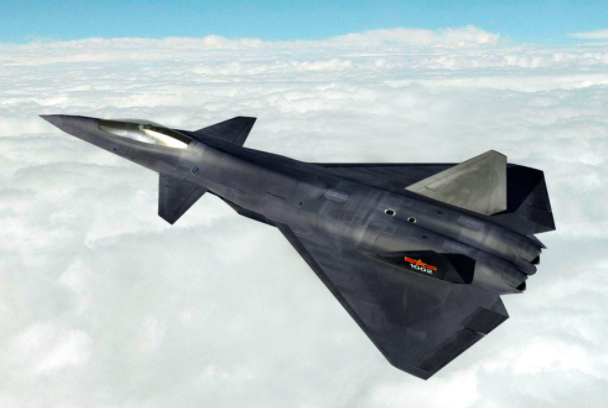J20!
Senior Member
- Joined
- Oct 20, 2011
- Messages
- 2,748
- Likes
- 1,541
The J20's wing position and aspect ratio were not defined by the canard position. The aircraft's entire aerodynamic configuration were defined by the requirements set by the end user. The paper defines them in heading 1 and 2.View attachment 48616
on the IAI lavi the canard allows the wing to be positioned farther ahead allowing for higher statically unstability
View attachment 48617
on J-20 the canard pushes the wing father aft reducing statically unstability and making it a more statically stable aircraft and increasing the need for a bigger canard
View attachment 48618
In fact the J-20 is closer to the Viggen AJ-37 than to JAS-39 gripen in wing position
1. Stealth
2. Low supersonic drag (primarily to facilitate supercruise)
3. Improved lift characteristics
4. Improved stability and controllability under high AOA conditions while accounting for trans-sonic lift to drag characteristics.
These requirements (stealth, superior tran-sonic and supersonic performance and high and mid level altitude) created the design conflicts documented in detail under heading 2.1. Introduction:
The future fighter, aside from satisfying low and mid-altitude maneuverability performance of modern 4th gen. fighters, must have the capability to supercruise and perform unconventional maneuvers such as poststall maneuvers. As a result, the aerodynamic configuration of the future fighter must not only satisfy the design constraints of RCS reduction but also lower supersonic drag, improve lift characteristics, and improve stability and controllability under high AOA conditions whilel accounting for trans-sonic lift to drag characteristics. The high number of design requirements provide new challenges to the aerodynamic layout. The design must employ new aerodynamic concepts and approaches, take necessary systematic and control measures, and compromise amongst the numerous design points in order to obtain the necessary design solution.
2. Main design conflicts:
The design requirement for stealth brings new difficulties to the aerodynamic design
The location of the wings, their aspect ratio, location of engines and landing gear were dictated by the engineer's need to minimize supersonic drag which would in turn allow for improved super-cruise performance:
Again, to resolve the design conflicts generated by the performance requirements on the programme, the engineers behind the J20 chose a Canard, LERX, Lift Body aerodynamic configuration because it satisfied all 4 major requrements. ie:5. Supersonic Characteristics
Because of this, employing small aspect ratio wings on a lift-body LERX canard configuration aircraft will settle the conflicts among supersonic drag characteristics, low speed lift characteristics, and trans-sonic drag characteristics.
I emphasize the stealth characteristics because the benefits of this configuration outlined in the study detail something you've already mentioned in your analysis:excellent supersonic drag characteristics, high AOA lift characteristics, high AOA stability and controllability, and excellent stealth characteristics.
The points highlighted above detail the engineer's need to compromise in the positioning of the J20's canards. However, as shown on the graph 4 from their modelling, the aircraft's configuration still created more lift than if the liftbody configuration had not been integrated into the design. This in turn increases the air-frame's internal load (ie fuel, ordinance and electronics) while having a negligible impact on overall drag.Blended wing lift body configurations could utilize lift generated by the aircraft's body to increase internal load and enhance stealth characteristics at relatively low costs to drag. Lift-body configurations have been adapted by many conventional configuration aircraft and achieved excellent results. Yet until now no canard configuration fighter utilized lift-body configuration. This isn't because aerodynamic experts failed to realize the tremendous advantage of the lift body configuration but the result of a canard configuration aircraft's need to place the canards above the aircraft's wings. It is difficult for lift-body configuration aircraft to satisfy this demand. Our experimental results indicate that although the canards on a canard-LERX configuration aircraft employing lift-body suffered a decrease in lift-enhancing effects, the overal lift characteristic of the aircraft was still superior to that of a canard-LERX aircraft not employing lift-body (see figure 4)

Not to mention the benefits of vortex generation from the interaction between the canard and LERX on the airframe body and inner wings; ie were most lift is generated during high AOA
Please note that at all points in this study, the authors detail the benefits of choosing this configuration, the downsides and the conflicts caused by the different requirements on the airframe. However, at no point are the dihedral canards noted as a detriment to the frontal or lateral aspect stealth of the airframe.

